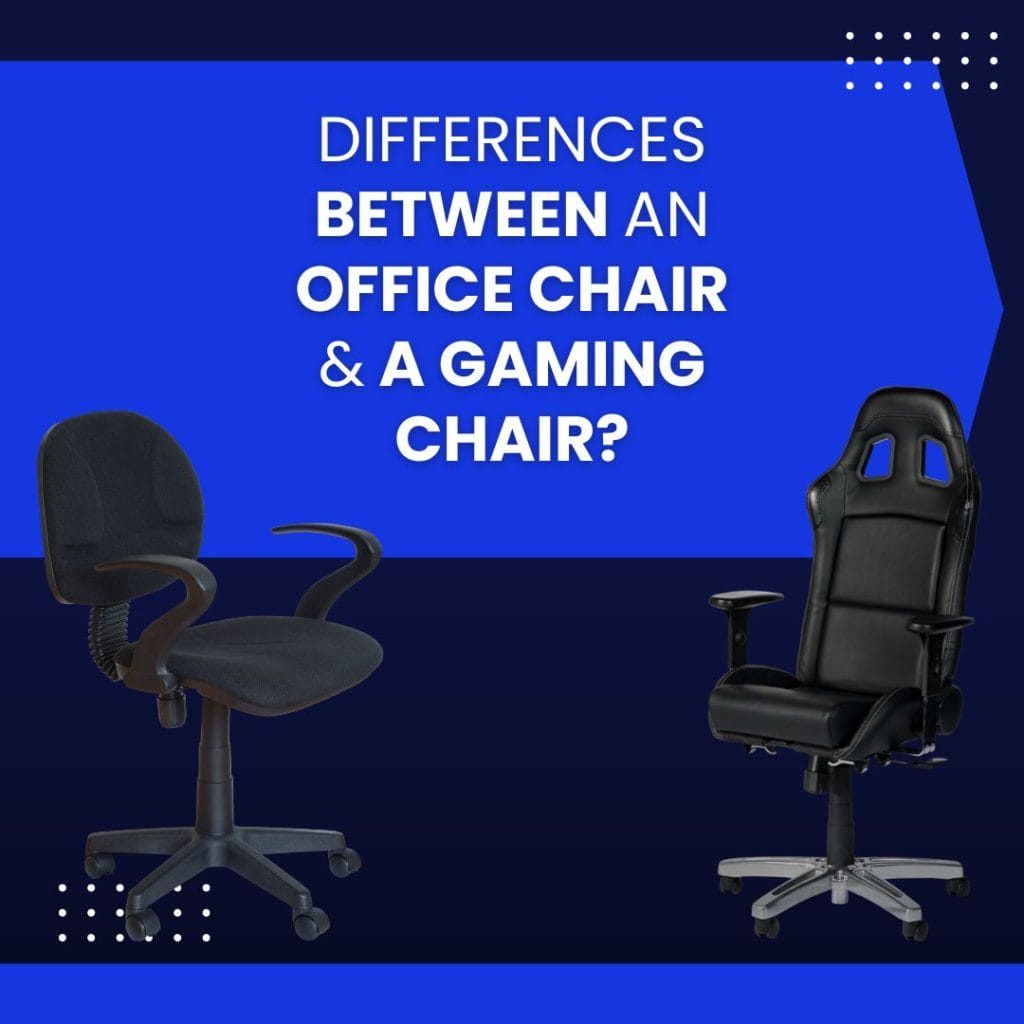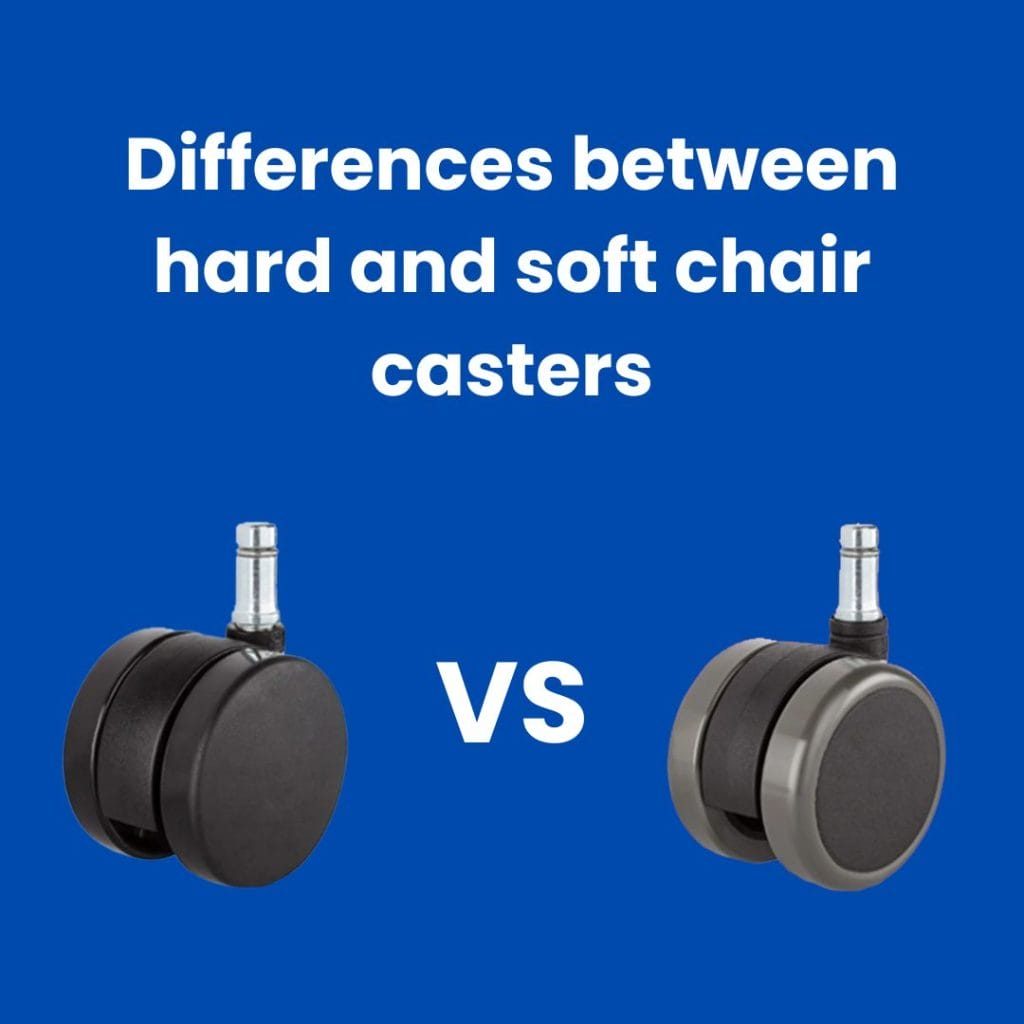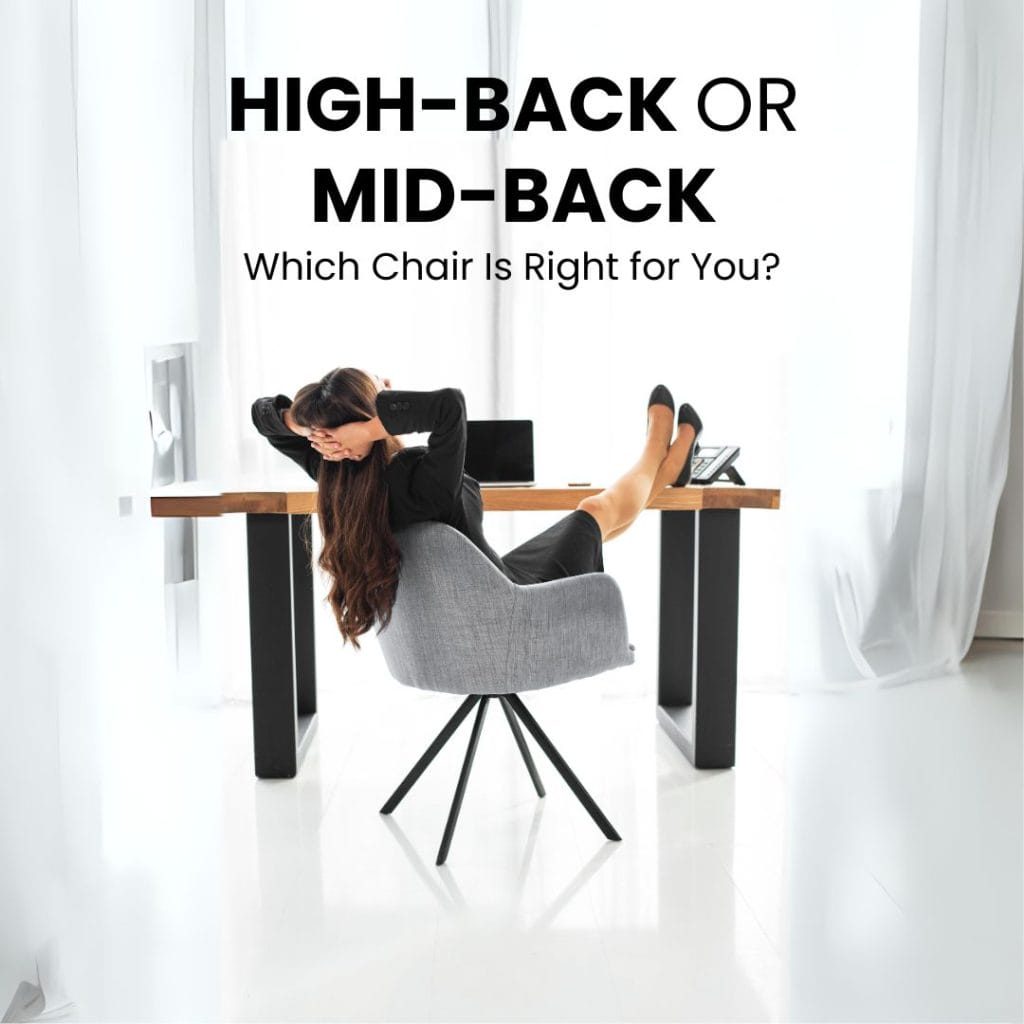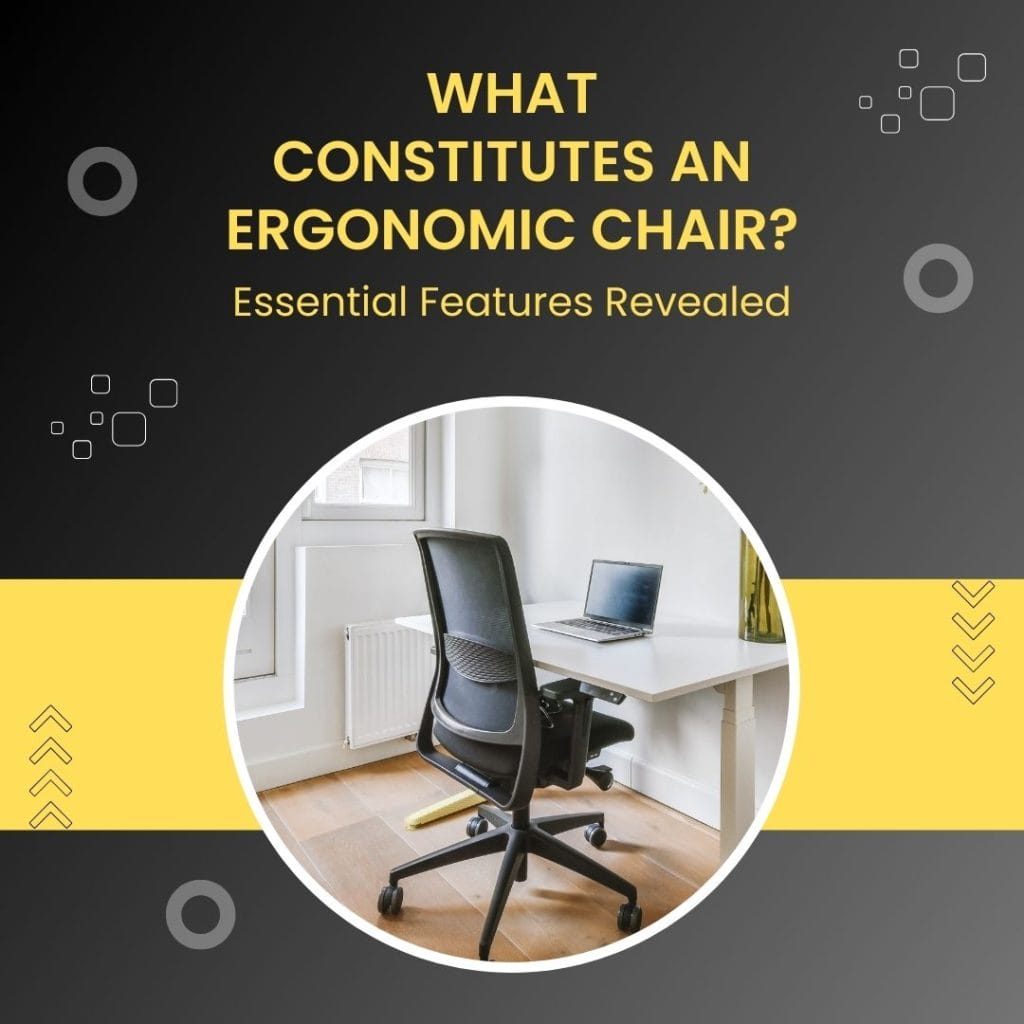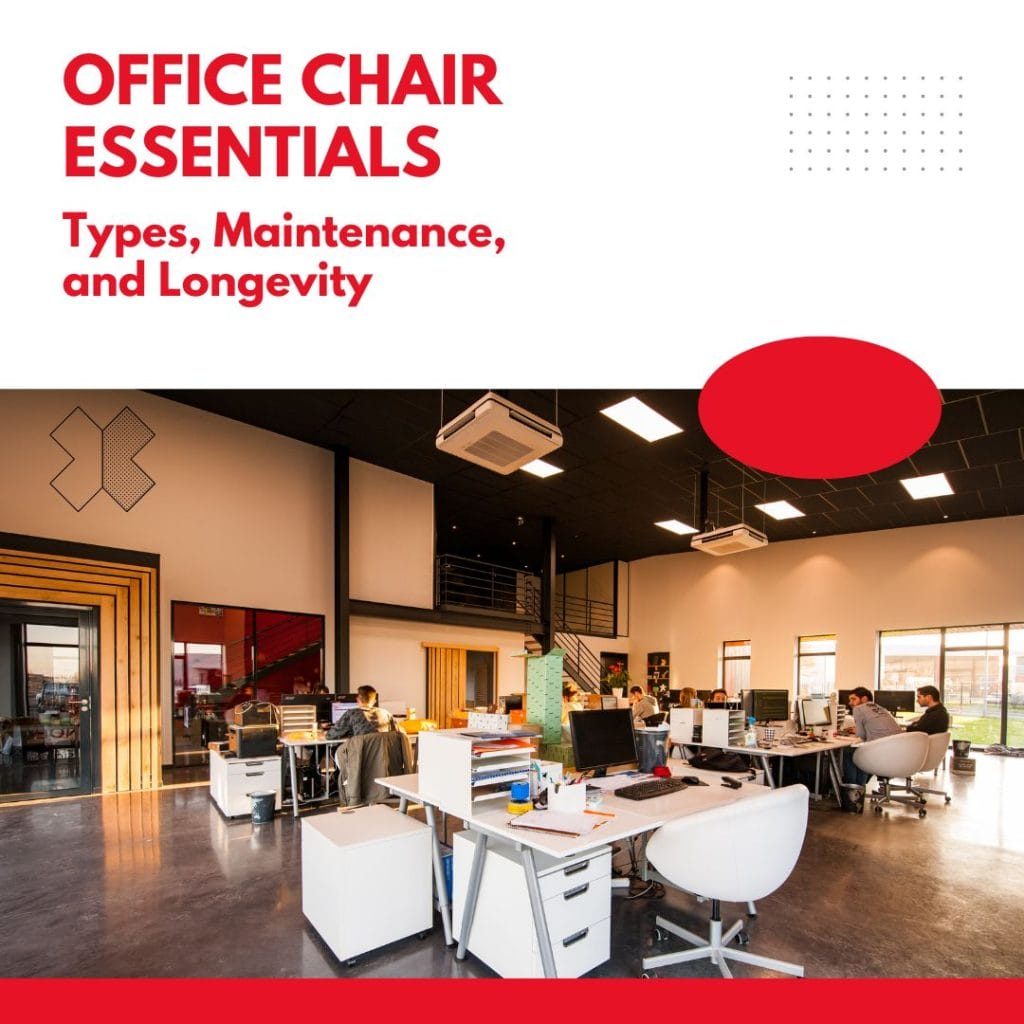In the realm of office ergonomics, the chair you choose is not just a piece of furniture; it’s the cornerstone of your daily productivity and comfort. Navigating the diverse world of office chairs can be a daunting task, with considerations ranging from material choice to ergonomic design, and even the type of wheels that glide across your office floor. “Office Chair Essentials: Types, Maintenance, and Longevity” is your ultimate guide in this journey, designed to help you understand the nuances of various office chairs and how to maintain them for years of reliable use.
In this comprehensive pillar article, we delve into the intricate world of office chairs, unraveling their types, the importance of proper maintenance, and strategies to ensure their longevity. Whether you’re selecting a new chair for your home office or looking to maintain a fleet of chairs in a corporate setting, our insights will guide you towards making informed decisions. Our goal is not only to enhance your immediate comfort but also to safeguard your health and investment in the long run.
Understanding Different Types of Office Chairs: Features, Benefits, and Foundations
The modern workplace is dynamic and diverse, and so are the needs of those who inhabit it. An integral part of this environment is the office chair, a silent contributor to productivity and well-being. However, with a multitude of chair types available, selecting the right one can be overwhelming. This guide aims to simplify this choice by exploring various types of office chairs, their unique features and benefits, and how to choose the right foundation for your chair.
Overview of Various Office Chair Types
Executive Chairs
- Features: Executive chairs are the epitome of luxury and status in the office furniture world. Typically upholstered in high-quality leather or faux leather, these chairs are generously padded and often come with a high backrest, headrest, and armrests.
- Benefits: Besides the obvious aesthetic appeal, executive chairs provide excellent support for the upper back, neck, and shoulders, making them ideal for prolonged usage.
Ergonomic Chairs
- Features: Ergonomic chairs are specifically designed to promote good posture and reduce strain on the body. They often feature adjustable components like lumbar support, armrests, seat depth, and headrests.
- Benefits: These chairs are ideal for those who spend long hours at a desk, as they adapt to the user’s body, reducing the risk of musculoskeletal issues.
Mesh Chairs
- Features: Characterized by their breathable mesh fabric backrest, mesh chairs offer a unique blend of support and ventilation.
- Benefits: They are particularly beneficial in warmer climates or for individuals who prefer a cooler seating option, reducing sweat and discomfort.
Task Chairs
- Features: Task chairs are the all-rounders of office chairs, usually featuring a simple, functional design with basic adjustability.
- Benefits: Their versatility makes them suitable for various office tasks, and they are often more budget-friendly than other types.
Kneeling Chairs
- Features: These chairs have a unique design that includes a forward-tilting seat and knee rests, encouraging a more upright posture.
- Benefits: Kneeling chairs are great for those looking to improve their sitting posture and reduce lower back strain.
Drafting Chairs
- Features: Built for higher work surfaces like drafting tables, these chairs come with a taller height range and a foot ring for support.
- Benefits: They are ideal for professionals who alternate between sitting and standing, offering comfort at varying heights.
Unique Features and Benefits
Each type of office chair caters to different needs:
- Executive Chairs: Best for senior executives seeking comfort and prestige.
- Ergonomic Chairs: Suited for long hours of work, offering adjustable features for personalized comfort.
- Mesh Chairs: Ideal in warmer settings or for prolonged use, providing breathability.
- Task Chairs: Versatile and economical, suitable for different office tasks.
- Kneeling Chairs: Excellent for posture correction and short-term use.
- Drafting Chairs: Perfect for jobs requiring alternating between sitting and standing positions.
Choosing the Right Foundation for Your Office Chair
The foundation of an office chair, namely its base and casters, is crucial for stability and mobility. Here’s what to consider:
- Base Material: Look for a sturdy base, usually made of metal or reinforced plastic.
- Caster Type: Choose casters based on your floor type. Hard casters are suitable for carpeted floors, while soft casters work better on hard surfaces.
- Swivel and Movement: A good foundation should allow smooth movement and rotation, enhancing ergonomics and accessibility.
Choosing the Right Foundation for Your Office Chair: Importance and Options
In the quest for the perfect office chair, we often focus on aesthetics, comfort, and ergonomics. However, the foundation of your office chair – its base and casters – plays a pivotal role in ensuring stability, support, and durability. This article explores the importance of a sturdy and supportive base for your office chair and provides an overview of the different types of chair bases and materials available.
The Importance of a Sturdy and Supportive Base
Ensuring Stability and Safety
A strong base is crucial for maintaining the stability of your office chair. It supports not only your weight but also allows for safe movement and swiveling. A wobbly or weak base can lead to accidents, making it a safety hazard in the workplace.
Enhancing Comfort and Ergonomics
The base of your chair affects its overall ergonomics. A well-designed foundation allows for smooth movement and easy rotation, enabling you to maintain a comfortable posture and easily reach different areas of your workspace without straining.
Longevity and Durability
Investing in a chair with a robust base ensures longevity. A durable base means less wear and tear over time, translating to fewer replacements and repairs. This not only saves money but also contributes to sustainability by reducing waste.
Overview of Different Types of Chair Bases and Materials
Types of Chair Bases
- Five-Point Base
- Most common in office chairs.
- Provides excellent stability and weight distribution.
- Ideal for chairs with casters and swivel capabilities.
- Four-Point Base
- Less common but offers decent stability.
- Suitable for more stationary chairs.
- Cantilever Base
- Features a curved design, often seen in guest or meeting chairs.
- Offers a slight bounce, adding to the comfort but less mobility.
Materials Used in Chair Bases
- Aluminum Bases
- Lightweight yet strong.
- Offers a sleek, modern look and is often used in high-end office chairs.
- Steel Bases
- Heavier and extremely durable.
- Ideal for heavy-duty use and in environments where stability is paramount.
- Nylon or Plastic Bases
- More economical option.
- Suitable for light to medium usage.
- Offers good flexibility and is resistant to corrosion.
- Wood Bases
- Adds a classic, elegant touch to office decor.
- More commonly used in traditional or executive-style chairs.
Choosing the Right Material for Your Needs
When selecting the base material, consider the chair’s intended use, the environment in which it will be used, and the desired aesthetic. For example, aluminum and steel bases are excellent for intensive use and environments where a sleek, modern look is desired. Nylon or plastic bases, while less expensive, are suitable for less demanding settings. Wood bases are ideal for executive settings or where a classic style is preferred.
The Material Matters: Bonded Leather and Mesh Chairs
When it comes to office chairs, the material used in their construction is not just a matter of aesthetics; it also influences comfort, durability, and maintenance requirements. Two popular materials in office chair design are bonded leather and mesh. This article compares these materials in terms of their properties and provides maintenance tips to ensure their longevity.
Comparison of Bonded Leather and Mesh Materials
Bonded Leather Chairs
Pros:
- Aesthetic Appeal: Bonded leather chairs often have a sleek, professional look that can add a touch of elegance to any office setting.
- Comfort: They typically come with a plush, padded design, offering a comfortable seating experience, especially for short to moderate periods.
- Affordability: Bonded leather is more cost-effective compared to genuine leather, making it an accessible option for those seeking a leather-like appearance.
Cons:
- Durability: Bonded leather is less durable than genuine leather and can peel or crack over time, especially under heavy use or in fluctuating temperatures.
- Breathability: This material is less breathable compared to mesh, potentially leading to discomfort in warmer environments.
Mesh Chairs
Pros:
- Breathability: Mesh chairs offer excellent ventilation, reducing heat buildup and keeping the user cool and comfortable, especially during prolonged sitting periods or in warmer climates.
- Maintenance: These chairs are generally easier to maintain and clean, as the mesh does not absorb spills and can be wiped down quickly.
- Durability in Fabric: High-quality mesh is durable and less prone to wear and tear compared to bonded leather.
Cons:
- Support: While mesh provides ergonomic support, it may not offer the same level of cushioning as padded leather chairs, which might be an issue for some users.
- Aesthetic Variability: Mesh chairs might not always match the professional or executive look that leather chairs can provide.
Maintenance Tips for Different Materials
Bonded Leather Chairs:
- Regular Cleaning: Wipe down the chair with a soft, damp cloth. Avoid using harsh chemicals, as they can damage the bonded leather.
- Conditioning: Use a bonded leather conditioner every few months to keep the material supple and prevent cracking.
- Avoid Direct Sunlight: Keep the chair away from direct sunlight to prevent fading and cracking of the material.
Mesh Chairs:
- Vacuuming: Use a handheld vacuum or a brush attachment to remove dust and debris from the mesh fabric.
- Spot Cleaning: For stains, use a mild soap solution and a soft cloth. Avoid soaking the material.
- Check for Snags: Regularly inspect the mesh for snags or tears and address them promptly to prevent further damage.
Wheels and Casters: Mobility and Protection in the Office
In the realm of office ergonomics, the importance of selecting the right wheels and casters for your office chair is often underestimated. These small components play a crucial role in ensuring smooth mobility and floor protection. This article delves into the significance of choosing appropriate wheels and casters, highlights the differences between hard and soft casters, and guides you on selecting the right wheels based on your floor type.
The Importance of Selecting the Right Wheels and Casters
Enhanced Mobility
The right set of wheels and casters allows for effortless movement around your workspace. This mobility is vital for maintaining efficiency and fluidity in daily tasks, reducing the need to strain or stretch awkwardly to reach items.
Floor Protection
Inappropriate or poor-quality wheels can cause significant damage to flooring. Selecting the right type of caster material is essential to prevent scratches, scuffs, and wear on your office floor, be it hardwood, carpet, or tile.
Improved Chair Stability and Safety
Quality casters contribute to the overall stability of your chair, reducing the risk of tipping over or malfunctioning during movement. Ensuring the wheels are suited to your chair and floor type enhances safety.
Differences Between Hard and Soft Casters
Hard Casters
- Composition: Typically made of hard materials like nylon or hard plastic.
- Ideal For: Carpeted floors, where their hard surface allows for smoother rolling without getting bogged down in the carpet fibers.
- Considerations: They can be damaging to hardwood, laminate, or tile floors due to their hardness and potential for scratching.
Soft Casters
- Composition: Made from softer materials like rubber or polyurethane.
- Ideal For: Hardwood, laminate, and tile floors, as they provide a gentler touch that minimizes scratches and wear.
- Considerations: On carpets, they might not roll as smoothly and can cause more resistance, making chair movement more strenuous.
How to Choose Wheels Based on Floor Type
For Hardwood, Laminate, and Tile Floors
- Opt for Soft Casters: To protect these types of floors from scratches and marks, choose casters made from softer materials like rubber.
- Avoid Black Casters: Some soft casters can leave marks on the floor. Opt for non-marking rubber or clear polyurethane casters.
For Carpeted Floors
- Choose Hard Casters: Hard plastic or nylon casters roll more easily on carpet, reducing the effort required to move the chair.
- Consider Chair Mats: For added protection, especially with plush carpets, consider using a chair mat to prevent wear and provide a smoother surface for movement.
For Mixed Flooring
- Universal Casters: Some casters are designed to work well on multiple types of flooring. These may be a good option if your workspace includes a variety of floor surfaces.
Maintenance and Cleaning: Keeping Your Office Chair in Top Condition
An office chair is an investment in your comfort and productivity, but like any investment, it requires regular maintenance and care to ensure it remains in good condition. Proper maintenance and cleaning can significantly extend the life of your office chair, regardless of its type. This article provides essential tips for general maintenance and specific cleaning instructions for different types of office chairs, with a particular focus on mesh chairs.
General Maintenance Tips for Office Chairs
Regular Inspection
- Check for Loose Screws: Periodically tighten any loose screws or bolts to ensure stability.
- Inspect Casters and Wheels: Clear out any debris or hair that may have accumulated, affecting mobility.
Adjustments and Lubrication
- Lubricate Moving Parts: Use a suitable lubricant on the chair’s moving parts, such as the wheels and swivel mechanism, to ensure smooth operation.
- Adjust Tension: Regularly adjust the tension of the tilt mechanism to match your comfort and weight.
Usage and Weight Limits
- Adhere to Weight Limits: Be aware of your chair’s weight capacity and avoid overloading it.
- Proper Use: Avoid standing on the chair or using it in ways it wasn’t designed for.
Specific Cleaning Instructions for Different Chair Types
For Leather and Bonded Leather Chairs
- Dusting: Wipe down with a dry or slightly damp cloth regularly.
- Spills: Blot spills immediately with a dry cloth.
- Conditioning: Use a leather conditioner every few months to prevent cracking and keep the material supple.
For Fabric Chairs
- Vacuuming: Regularly use a vacuum with an upholstery attachment to remove dust and loose debris.
- Spot Cleaning: Use an upholstery cleaner for any stains, testing it on a small area first.
- Deep Cleaning: Consider a professional cleaning once a year, especially for heavily used chairs.
For Mesh Chairs
- Dusting: Use a soft brush or vacuum with a brush attachment to remove dust.
- Spot Cleaning: Use a mild soap solution and a soft cloth for stains. Avoid harsh chemicals, which can damage the mesh.
- Rinse and Dry: Rinse the area with a damp cloth and allow it to air dry. Avoid using a hairdryer or placing it in direct sunlight, as this can warp the mesh.
For Plastic and Metal Parts
- Wiping Down: Regularly clean with a mild soap solution and a soft cloth.
- Avoid Harsh Chemicals: Don’t use abrasive cleaners, which can damage the surface.
Office Chairs vs. Gaming Chairs: Understanding the Differences and Making the Right Choice
In the world of seating, particularly for work and gaming environments, two types of chairs often come into the spotlight: office chairs and gaming chairs. While both are designed to provide comfort during prolonged sitting, they cater to different needs and preferences. This article aims to highlight the key differences between office chairs and gaming chairs and discuss which might be better suited for various needs and environments.
Key Differences Between Office Chairs and Gaming Chairs
Design Aesthetics
- Office Chairs: Typically feature a more traditional and professional design. They often come in neutral colors and prioritize functionality and ergonomics.
- Gaming Chairs: Known for their bold, sporty aesthetic inspired by racing car seats. They usually have high backs, vibrant colors, and aggressive styling.
Ergonomic Features
- Office Chairs: Ergonomics is a key focus, with features like adjustable lumbar support, armrests, seat depth, and tilt mechanisms. They are designed for long-term comfort and posture support in a work setting.
- Gaming Chairs: While also ergonomic, gaming chairs often have a fixed lumbar pillow and may offer a reclining feature, which is more suited to the relaxed posture of gaming.
Material and Build
- Office Chairs: Often made with a variety of materials including leather, mesh, and fabric, allowing for breathability and durability suited for long hours at work.
- Gaming Chairs: Typically constructed with leather or leather-like materials, providing a soft and easy-to-clean surface.
Suitability for Different Needs and Environments
For Professional Work Environments
- Office Chairs: Are generally more suitable for professional and corporate environments. Their design blends into an office setting, and their ergonomic features are tailored for long work hours.
- Gaming Chairs: Might not fit the aesthetic of a traditional office but could be a choice for more casual, creative, or tech-oriented workplaces.
For Home Offices and Multi-Use Spaces
- Office Chairs: Offer the necessary support and comfort for a full workday, making them a sensible choice for home offices.
- Gaming Chairs: Can be a good option for those who want a chair for both working and gaming, especially if they prefer the style and extra features like reclining ability.
For Gaming and Leisure
- Gaming Chairs: Specifically designed for gamers, these chairs support long hours of gaming with features like high backrests for neck support and a reclining function for relaxation during breaks.
- Office Chairs: While they can be used for gaming, they may lack the specialized features and style that gaming enthusiasts seek.
Ensuring Longevity of Your Office Chair: Maintenance, Care, and Proper Usage
An office chair is a significant investment in your workspace comfort and productivity. Like any investment, it needs care and attention to ensure its longevity. Proper maintenance, regular care, and appropriate usage are crucial in extending the life of your office chair. This article provides essential tips on maintaining your chair and discusses how proper usage and ergonomic settings can impact its longevity.
Regular Maintenance and Care Tips
Routine Cleaning
- Dust and Debris: Regularly dust your chair to prevent buildup, especially in the crevices and on the wheels.
- Spill Management: Quickly clean any spills to prevent stains, especially on fabric and leather chairs.
Periodic Inspections
- Check and Tighten Bolts and Screws: Periodically inspect your chair for any loose parts and tighten them to ensure stability.
- Lubricate Moving Parts: Apply a suitable lubricant to the chair’s moving parts, such as the swivel mechanism and casters, to keep them functioning smoothly.
Protecting the Material
- Use Appropriate Cleaners: Use material-specific cleaners for leather, fabric, or mesh to prevent damage.
- Avoid Direct Sunlight: To prevent fading and material degradation, especially for leather and fabric chairs, keep your chair out of direct sunlight.
Wheel and Caster Care
- Regular Cleaning: Clean the wheels and casters to remove hair and debris that can hinder movement.
- Floor Protection: Use a chair mat or appropriate casters to protect your floor and reduce wear on the chair’s wheels.
Impact of Proper Usage and Ergonomic Settings
Proper Usage
- Weight Limits: Adhere to the chair’s weight limit to prevent undue stress on the chair’s components.
- Avoid Misuse: Refrain from standing on or using the chair in unintended ways, such as tilting dangerously, which can weaken and damage it.
Ergonomic Settings
- Adjust for Comfort: Regularly adjust the chair’s settings, such as height and backrest angle, to match your body. This prevents excessive strain on certain parts of the chair.
- Balanced Movement: Use the tilt and swivel features in a controlled manner to avoid abrupt or forceful movements that can damage the chair’s mechanism.
Long-term Benefits
- Prolonged Lifespan: Proper maintenance and usage can significantly extend the life of your office chair.
- Sustained Comfort: A well-maintained chair continues to provide the intended ergonomic benefits and comfort.
Conclusion
The journey through “Office Chair Essentials: Types, Maintenance, and Longevity” has equipped us with valuable insights into the diverse world of office chairs. From understanding different types, such as executive, ergonomic, and mesh chairs, to delving into the intricacies of materials like bonded leather and mesh, we have uncovered the layers that make up the ideal office chair. Additionally, the exploration of wheels and casters, along with their impact on mobility and floor protection, highlights the importance of often-overlooked components.
Regular maintenance and cleaning have emerged as key themes, pivotal in extending the life and preserving the integrity of our chairs. The comparison between office chairs and gaming chairs provided clarity on suitability for different environments, underscoring that the choice of a chair goes beyond mere aesthetics. It is about finding a balance between functionality, comfort, and personal or professional needs.
In essence, this guide is not just about choosing a chair; it’s about investing in a piece of furniture that supports your health, well-being, and productivity. Whether you’re in a bustling office or a quiet home workspace, the right chair is a silent partner in your daily endeavors. May this comprehensive exploration assist you in making informed decisions, ensuring that your office chair is not just a seat but a cornerstone of your daily comfort and success.

